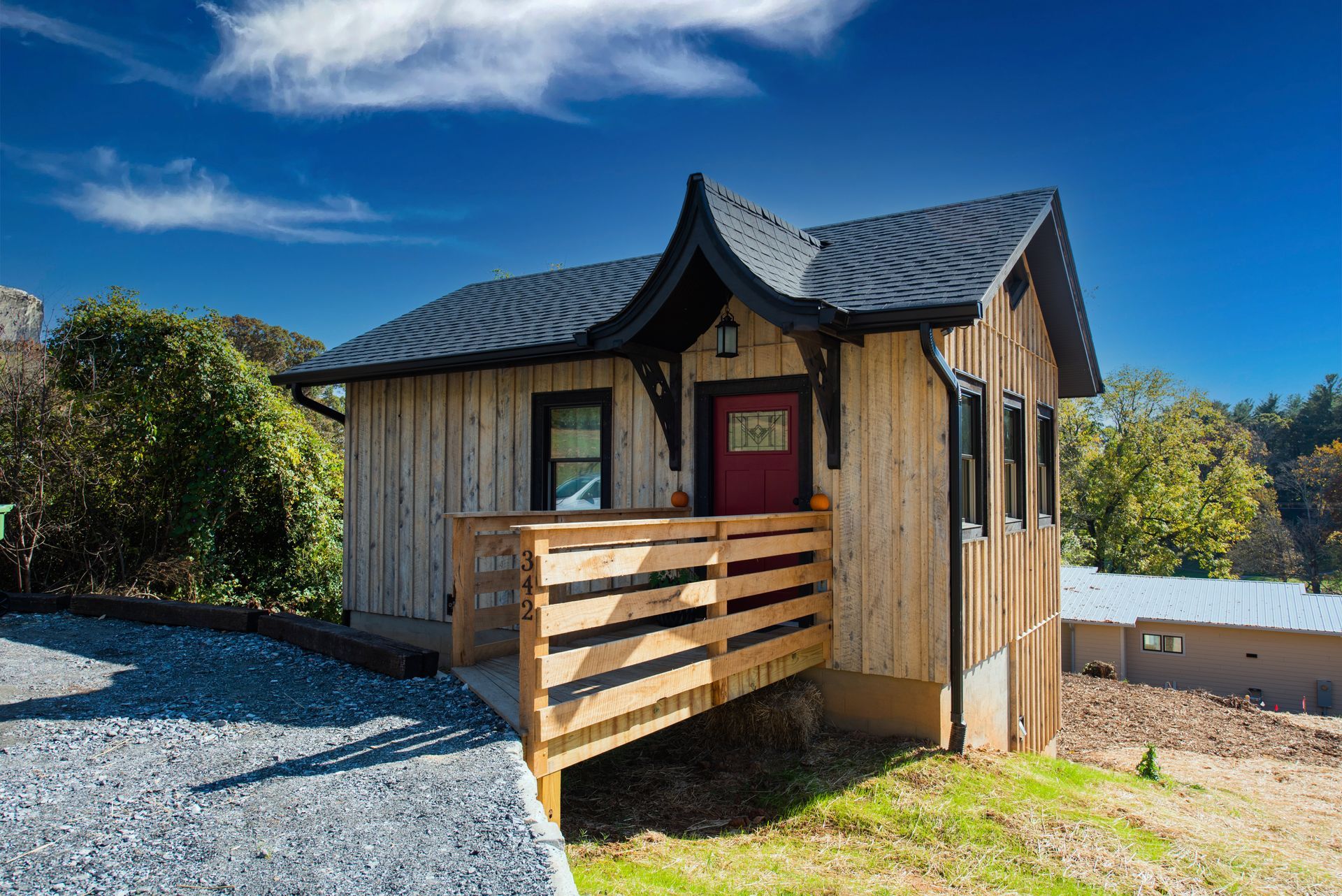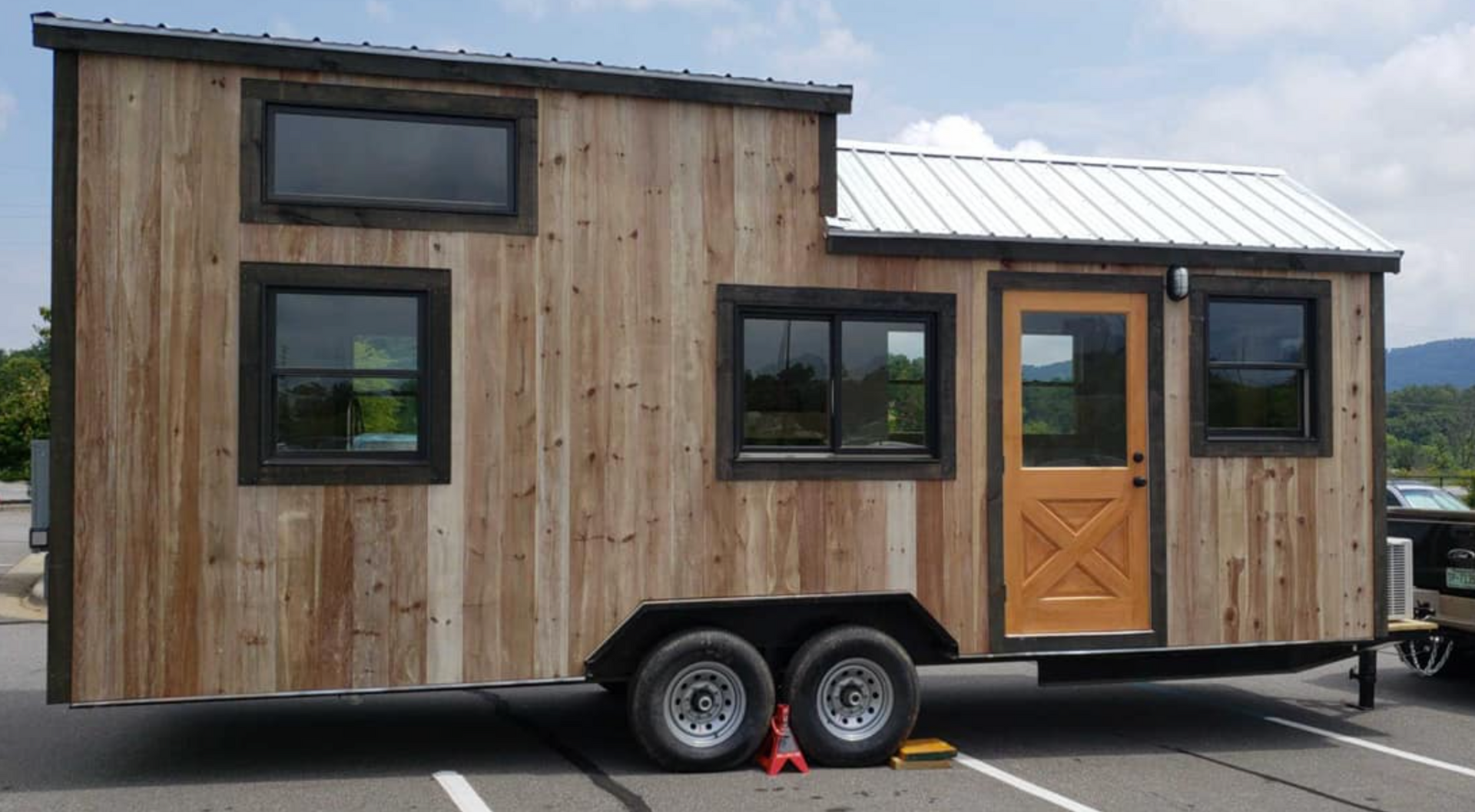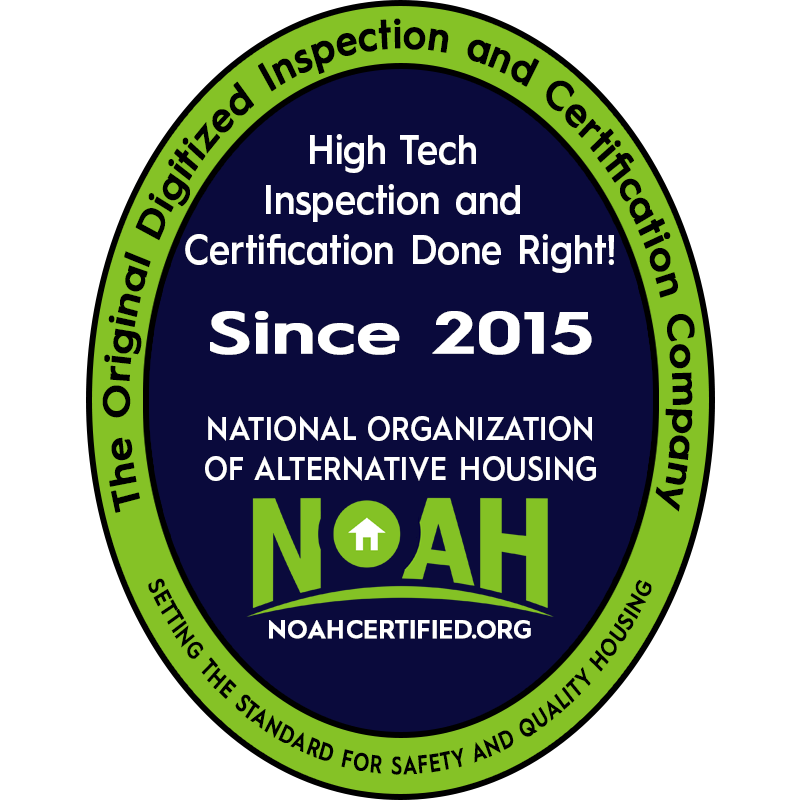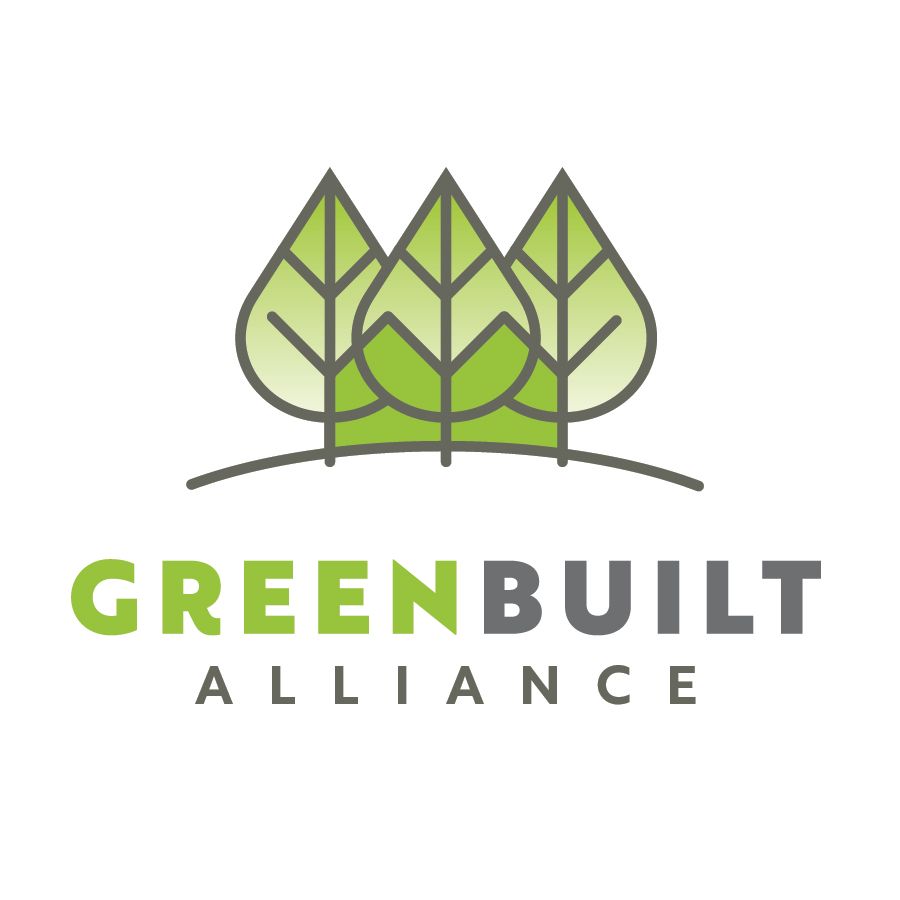Building Education: Learn to Design and Build Smarter
If you want to build a house, fix up a cabin, or do a simple project, it helps to understand the basics. Building education means learning how to design and build in a way that makes sense, saves money, and avoids mistakes.
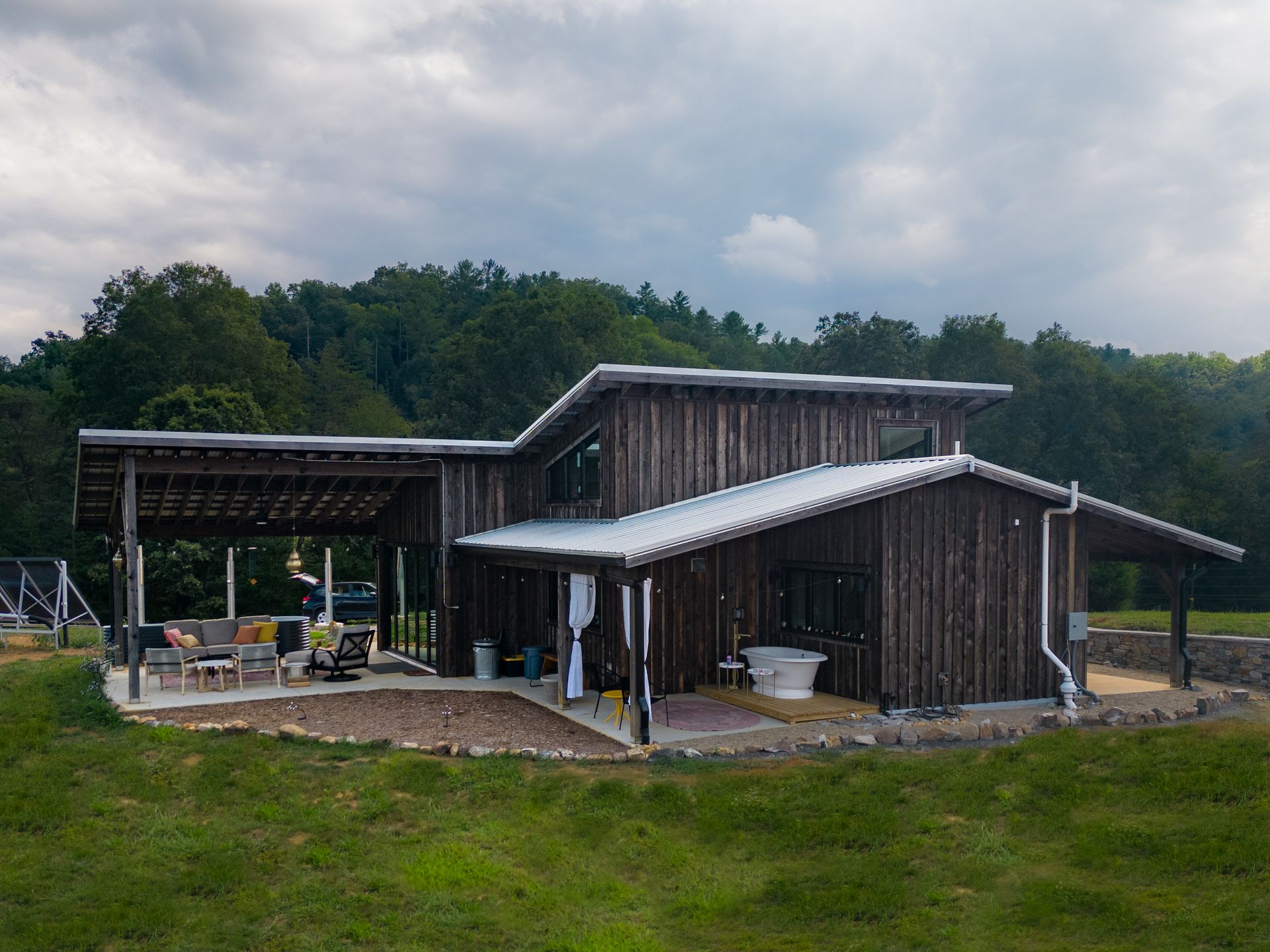
What Is Building Education and Why Is It Important?
Building education is about learning how to plan and build simple, safe structures. It helps you use the right materials, follow basic rules, and avoid common problems.
Without planning, people often waste time and money. Learning the basics helps you avoid leaks, weak walls, and high energy costs. It also helps you understand how weather, soil, and terrain affect the success of a structure.
Key Skills You Learn with Building Education
Knowing Your Materials
Learn what wood, concrete, and insulation are used for. Some work better outside, some inside. You’ll also learn about moisture resistance, load-bearing capacity, and the sustainability of materials.
Reading Simple Plans
Understanding simple drawings helps you build the right size and shape. You’ll also gain basic layout skills like how to mark measurements, interpret elevations, and spot conflicts in the design.
Saving Energy
Good designs keep heat in during winter and out in summer. Sealing gaps and placing windows well helps a lot.
You'll also learn the importance of R-values in insulation and passive solar design and how to reduce long-term utility costs.
Safety and Codes
Basic building rules keep your structure safe. Every area has different rules you need to follow. You’ll learn how to check for zoning laws, setbacks, and permit needs before starting.
Smart Design Tips for Better Builds
- Make a plan before you begin
- Use sunlight to brighten rooms
- Choose easy-to-clean surfaces
- Keep the layout simple
- Use strong, lasting materials. Think about how people will move through space (flow and function. Design for future changes or upgrades, like solar panels or rainwater systems
Common Mistakes and How to Avoid Them
- Not getting the right permits
- Poor drainage around the building
- Using the wrong materials
- Not enough insulation. Ignoring ventilation can lead to moisture problems. Skipping the foundation prep, which causes cracks and shifting over time
Great Resources to Keep Learning
Here are some places to learn more:
- Websites: Energy.gov, BuildingScience.com, NAHB.org
- Books: The Visual Handbook of Building and Remodeling and Building Construction Illustrated"
- Videos and apps: Try YouTube or SketchUp
Podcasts: “The Fine Homebuilding Podcast” and “Build Show Podcast” cover real-life advice from builders
Local community colleges or extension programs often offer affordable classes on carpentry, code basics, and energy efficiency
Libraries and online classes are also good places to learn.
Why Learning to Build Smarter Matters
When you build smarter, you save money and avoid problems. You can fix things, make better choices, and feel more in control of your project. You also become a better communicator with contractors, designers, or suppliers, and that can prevent costly misunderstandings.
Frequently Asked Questions
Do I need a license to build a small structure?
Check with your local office. Rules are different in every area.
What are building codes?
They are rules to make sure buildings are safe
Can I learn without going to school?
Yes. Books, websites, and videos can teach you a lot.
What tools do I need to start?
A hammer, tape measure, drill, and level are good to have.
How do I choose the right materials?
Ask your local hardware store or check trusted websites like Energy.gov.
Is building education useful for tiny homes or off-grid living?
Yes. It helps you build small, use less, and stay safe.
Ready to Build Smarter?
Learning basic building skills helps you save money and avoid mistakes. Whether you’re building a home or a small cabin, it starts with knowing the right steps.
If you're planning a full build, check out our guide on what to consider when building your own home to help you get started on the right foot. Building education gives you the confidence to take on projects yourself or speak clearly when hiring help.
At Nanostead, we focus on smart, simple buildings. We believe everyone should understand how structures work—even if you’re not a builder by trade.
To learn more, contact us if you have questions. We're here to help.

